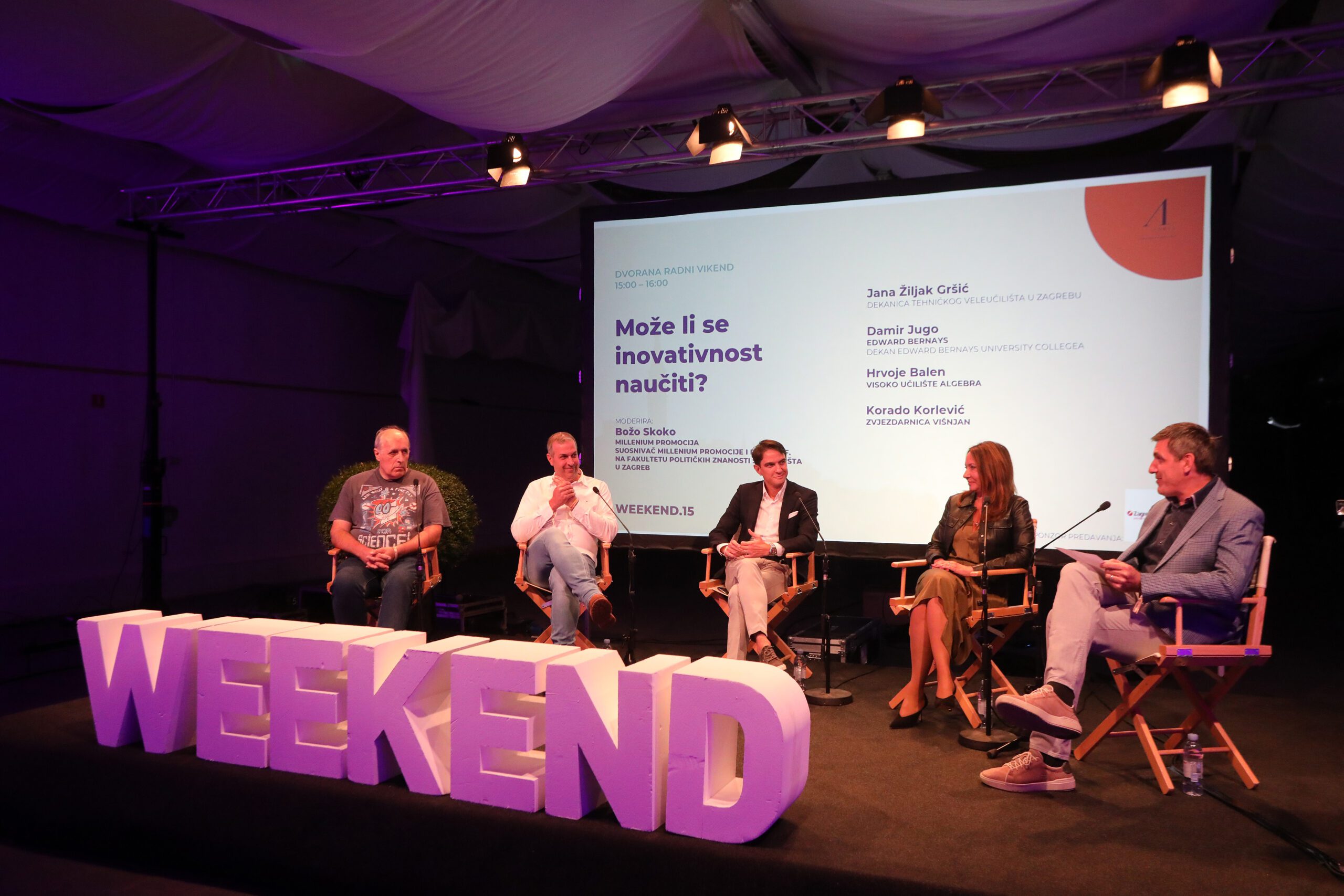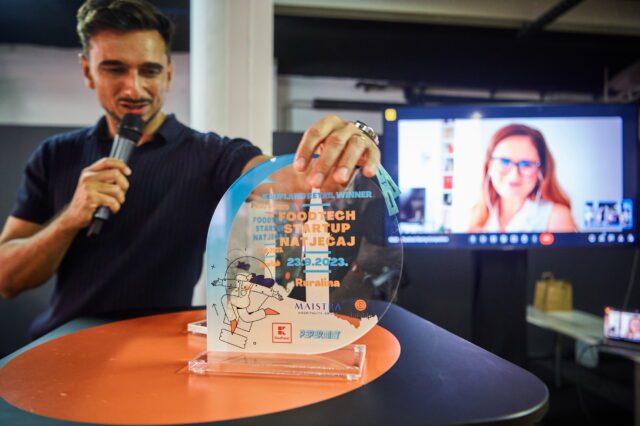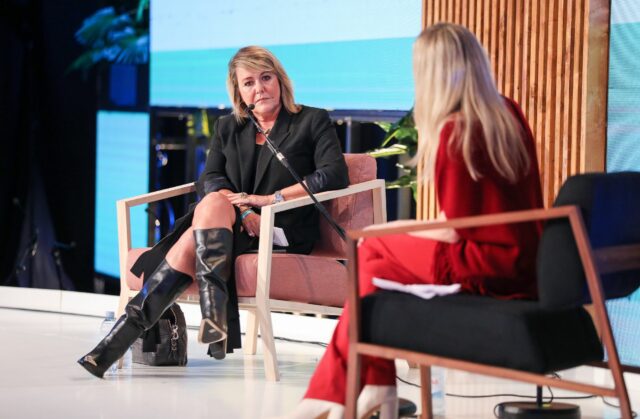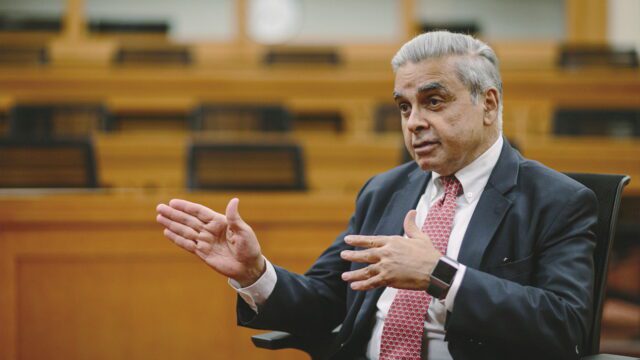With the development of new technology, new professions are emerging at the speed of light, and so is the entire set of skills that today’s youth need if they want to try their hand at one of the creative industries. This means that 21st century society can never stop learning and must continuously upgrade their skills and knowledge. And what about creativity and innovation? Are they synonyms or just intertwined concepts that can be easily learned?
Associate Professor Jana Žiljak Gršić, dean of the Zagreb University of Applied Sciences; Associate Professor Damir Jugo, dean of Edward Bernays University College; Hrvoje Balen from Algebra, and Korado Korlević, head of the Višnjan Observatory, attempted to answer that question in an interesting discussion with moderator Božo Skoko, who pointed out that the two concepts are an absolute necessity for success in the world of media and marketing.
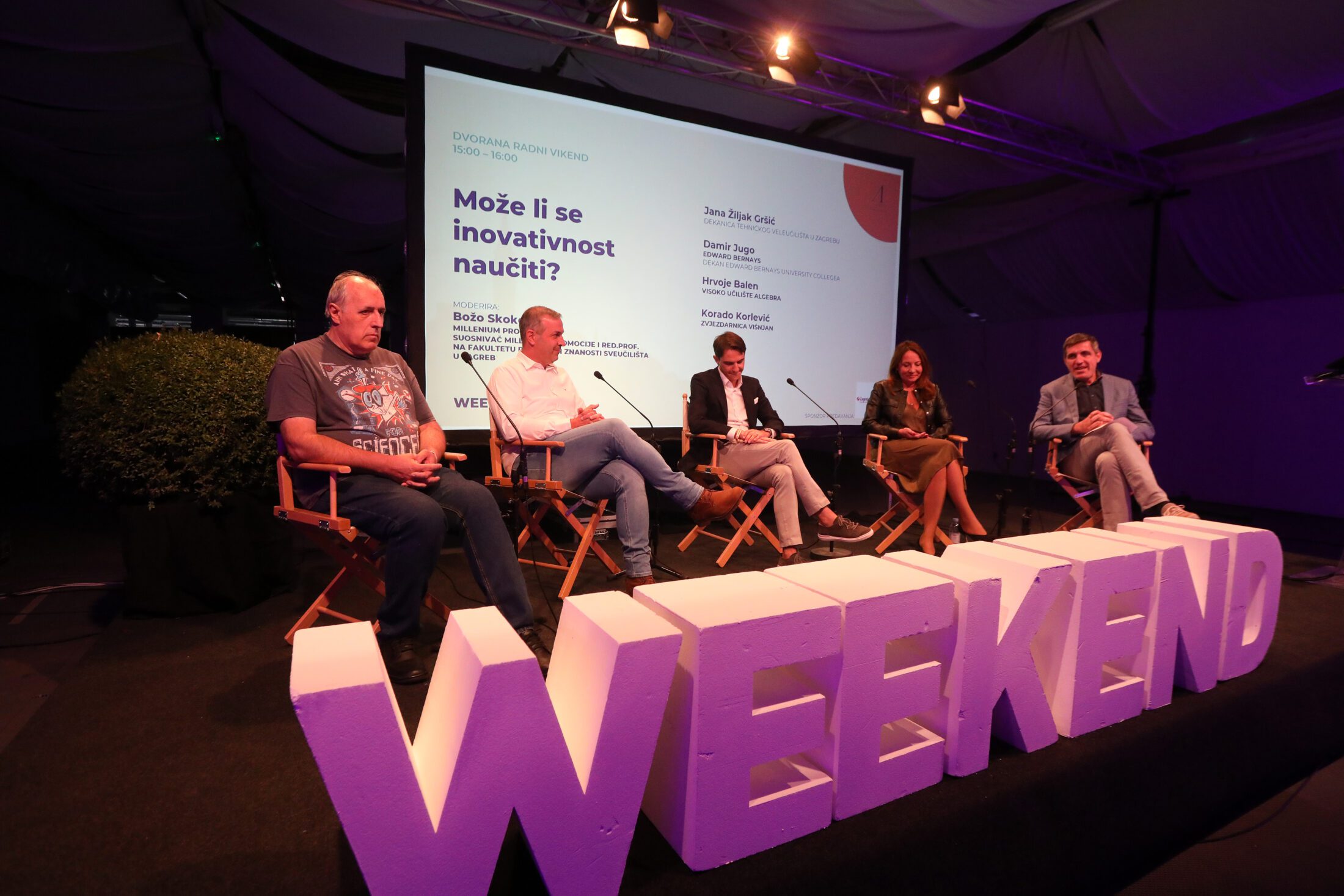
Korlević believes that creativity and innovation in young people should be unleashed only after adolescence – not during this critical period in which nothing should be touched. You need to let your brain work at full speed and use it, because otherwise, like any muscle, it will atrophy. “The whole meaning of life is to play. It’s all a game. There’s no real difference between two children playing and two companies competing for market advantage. There wouldn’t be any unicorns if it wasn’t for passion!”
Brainstorming and the search for new ideas and practical solutions with an emphasis on creativity and innovation is also the foundation of students’ education at Edward Bernays University College. “Our comparative advantage is that we insist on forging links with the labor market. Our goal is for students to meet their future employers in the lecture hall. In our communication department of the lifelong education program, we employ students who are in their third year of undergraduate studies, while older students have all already been employed in one of the companies we partner with. Such a concrete and practical approach, along with the dynamic environment, is very important for the development of innovation and creativity. Unfortunately, the public education sector is not changing – because it doesn’t have to,” said Jugo.
Assoc. prof. Žiljak Gršić pointed out that the key difference between innovation and creativity is that innovation must be the result of research and development, not just individual talent. “In order to create something new and design new solutions, it is very important to have a lot of knowledge and to analyze and look for errors in existing solutions through critical thinking,” she concluded. Hrvoje Balen concluded that students should primarily cooperate with each other and allow themselves to be different from others, because fantastic ideas are born from differences.

